When it comes to a smooth, lightweight and rigid ground, an aluminum composite material (ACM) panel is the substrate to use. The surface is durable and versatile, allowing for creative applications in both drawing and painting media! For many artists, it is the working surface of choice.
Typically, aluminum composite panels come in two options. For projects up to 24” x 24”, you can use a standard 3mm ACM panel that consists of two aluminum panels adhered to a solid core substrate like polyethylene.
For larger paintings, a honeycomb ACM panel is preferred because of its additional rigidity. Even at such a large size, the honeycomb panels are the best large-scale, lightweight painting substate. For instance, a 4’ x 8’, 6mm thick aluminum honeycomb ACM panel is about 19 pounds which is amazing, especially when it comes to such a large rigid working surface.
You can get an ACM panel unprimed or primed with an acrylic or an oil/alkyd ground. The most universal surface would be an aluminum (ACM) panel with an acrylic priming like the Artefex Tempanel. It is very smooth as well as absorbent. For a non-absorbent surface, you can use an oil/alkyd primed ACM panel with a lead white ground like the Artefex Oleopanel. This surface is for oil painting only and is coveted by painters who do not want their oil colors sinking in.
Aluminum ACM panels also provide a unique substrate for other surfaces, like paper and canvas, to be mounted on top. An Artefex Chartapanel consists of either Arches Watercolor paper or Strathmore 400 series paper mounted on top of an ACM panel. If canvas is your surface of choice, you can get that surface adhered to an aluminum ACM panel as well. You can choose from a cotton/polyester canvas surface (Artefex Alcotpanel) or a linen canvas surface (Artefex Allinpanel) that is mounted on an aluminum (ACM) panel. These options make a once flexible working surface more durable and rigid.
As an artist, you can also adhere canvas or paper to an ACM working surface. However, there are difficulties in doing so. You do not want air bubbles and unwanted particles to be trapped underneath. Manufacturers have the appropriate equiment that take the adhering issues out of the mix for artists. If you have never used an ACM panel before, you may want to get a trial pack of surfaces!
In addition to being a smooth, rigid, lightweight surface, aluminum ACM panels can be custom cut using a CNC cutting machine. All you need to do is provide a vector file (SVG file) with your design. Here is the custom cut 16″ ACM panel that I designed and gave to Artefex to cut.
The decorative format has intricate cuts that were able to be done even at a small scale. In addition, Artefex custom engraved the backside of the specialty cut panel with a custom logo that I created. If you are working on a show and want to include something on the backside of your works to make them unique and signature, custom engraving is the way to go! All you need to do is give Artefex a vector-based file (SVG fileprefered) or a JPEG file. Custom Engraving can be done on the backside of a panel where the design can be as large as to 18” x 18” and displayed in two tones.
Below is my designed that was engraved in two tones!
For more detailed information on ACM panels and other substrates for painting, check out my recently released Muddy Colors video entitled Painting Surface and Grounds!
In this video, artists will learn about how to properly select, prepare, size, prime and creatively texture a variety of flexible and rigid painting substrates and unique constructs. Step-by-step demonstrations on stretching paper, applying canvas to stretcher bars, glueing canvas to wood, sizing and priming decorative wood surfaces as well as how to plan and design works in unique formats, like diptychs, triptychs, and multi-pieced constructs, are included. From wood, metal, layered constructs, custom cut panels, engraved surfaces and inlaid constructs to canvas, paper and illustration board, a variety of substrates are explored.
You can check out a sneak-peek of just some of the rigid surfaces here:
If you are interested in learning more about working in relief on the painted surface or working in experimental mixed-media techniques, check out my Masterclass on patreon!
https://www.patreon.com/lisalcyr
A Unique Approach:
Masterclass is a unique approach to learning, where each artist works on their own projects, whether that be standalone works or works in a series. Unlike a workshop or an assignment-driven class, this online atelier supports each individual artist’s intent on creating works that they really want to pursue.
There are approximately SEVEN Live Events every month. The Masterclass Saturday sessions (usually held on the first Saturday of the month) are from 11:00am to 1:00pm EST and the In the Studio sessions are from 2:00pm to 3:00pm on the same day. In addition, there is a monthly Paint, Draw + Create Together event (once a month) on Tuesday from 11:00am to 1:00pm EST and the weekly Sketchbook Meditation + Exploration Social events (3 to 4 times a month) are on Tuesday from 7:00pm to 8:30pm.
Patron Art Feedback sessions for Masterclass are conducted four times a year, giving each artist time to create their works. Artists that cannot attend live can submit up to 3 pieces for a live session review. Each review is recorded.
Experimental + Traditional Techniques:
The Masterclass online atelier covers a variety of topics from studio best practices to a vast array of experimental and traditional painting as well as expressive drawing techniques. The instructor provides monthly assistance and guidance through live demonstrations, lectures and group chats. If you miss a class, you can watch the recording at a later date.
Painted Passages: This series of posts and videos on how to employ freeform painting techniques to create magical backgrounds and environments in mixed media.
Collage Techniques: This series of posts and videos on using collage techniques in mixed-media works of art.
Working in Relief: This series of posts and videos focuses on working in relief in mixed media, exploring self-expression through texture-building and bas-relief techniques onto the painted surface.
Studio Basics: This series of posts and videos on artistic best practices for the studio artist, from working surfaces, grounds, painting mediums, varnishes, drawing and painting media to brushes, tools and equipment.
Expressive Drawing Series: This series of posts and videos explores alternative mark-making using drawing materials to create expressive works of art.
Conceptual Development: This series of posts and videos focuses on developing concepts for visually expressive works of art.
Masks, Props + Costuming: This series of posts and videos focuses on how I create unique masks, props and costumes for my figurative subjects.
Insights from the Natural World: This series of posts and videos explores using nature as an inspirational muse for creating artistic works
Just Imagine: This series of posts and videos explore working in a sketchbook as well as creating custom made books. Tactile surfaces, unique designs and engaging presentations stimulate brain activity, allowing artists to drift back to a playful state of mind.
Paint Pictures with Words Writing Club: This series of posts and videos explore writing about our works, creating poetry and prose and using the power of words to assist in the creative process!
Mixed Media Artist Series: This series of posts and videos includes insightful and thought-provoking profiles of leading artists, working in unique techniques and innovative approaches in art.
The Art of Promotion: This series of posts and videos cover artistic promotional strategies and practices.
Check out the complete Collection of Content already on the Navigating the Labyrinth of the Creative Mind site!
Behind-the-Scenes Access:
The artist brings you into her studio through live behind-the-scenes access and weekly posts and videos to current projects and creative endeavors.
In addition, you have early access to the artist’s upcoming Shows and Exhibitions.
Creative Enrichment:
Discussions regarding artistic growth and development, nurturing the creative spirit, developing personal content, embracing a multidisciplinary mindset and creating message-driven art are also explored as ways to assist artists on their own creative path.
Throughout this online workshop experience, artists discover a multitude of ways to ignite creativity, opening the door for the artistic spirit to shine! Check out the testimonials above from artists around the globe!
Get weekly access to the Rediscovering Your Creative Self weekly podcast which focuses on developing a relationship with the creative spirit that resides within and making daily lifestyle changes that enhance creativity, building a more creative and playful mindset.
Throughout the audio program, topics such as battling the inner critic, handling creative block, working through anxiety and self-doubt and interrupting the patterns that bind are explored. Managing fears, seeing mistakes as rites of passage, knowing when to open and close doors, riding the wave of triumphs and tribulations, avoiding distractions and coping with naysayers that keep one from seeing the light that resides within are covered.
Every month on the Navigating the Labyrinth of the Creative Mind site, there is new Sketchbook Challenge prompt and directive, allowing artists to discover alternative ways in which to practice art that is more personal. Art created from this endeavor is shared on the private Community Chat with other artists.
Sketchbook Meditation + Exploration Weekly Social
Every Tuesday night from 7:00pm to 8:30pm EST, you can attend an open sketchbook night social event called Sketchbook Meditation + Exploration. We discuss the Rediscovering Your Creative Self podcast episode of the week, setting an intention for our work and making daily lifestyle changes that enhance creativity.
Artists use the Sketchbook Meditation + Exploration weekly get-together as a time to commit to working in their sketchbook, experimenting and discussing with other artists topics that will help in developing a relationship with the creative spirit that resides within. Recordings are available for Masterclass artists if they miss a session!
Build a Community:
Be a part of a creative tribe, interacting with artists and enthusiasts from all around the world who have shared interests in art. This is an opportunity to create a robust artistic community, broadening your horizons as a creative person.
Your membership also includes private access to the Community Group, where patrons share art and works-in-progress, post the monthly Sketchbook Challenges as well as the weekly Sketchbook Meditation + Exploration Social art and work from the Paint Pictures with Words Writing Club. They also share inspiration, discuss new artistic tools, products and equipment as well as interesting and informative books on art and so much more!
Join Us:
The Navigating the Labyrinth of the Creative Mind Online Atelier has weekly posts and videos as well as several LIVE events each month.
Join month-to-month for $25/mo US or save 5% if you join yearly!
copyright 2023 Lisa L. Cyr, Cyr Studio LLC, all rights reserved


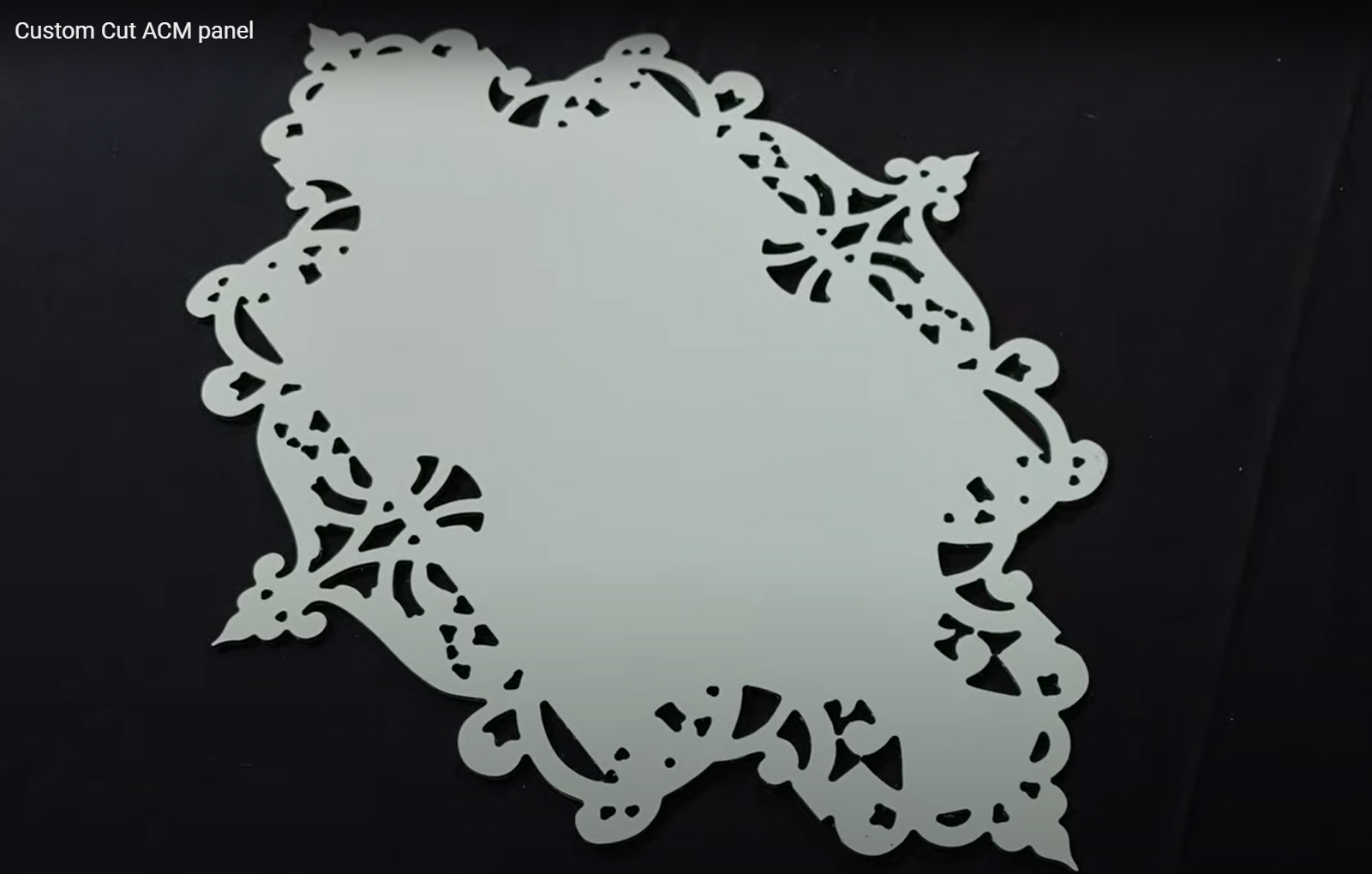

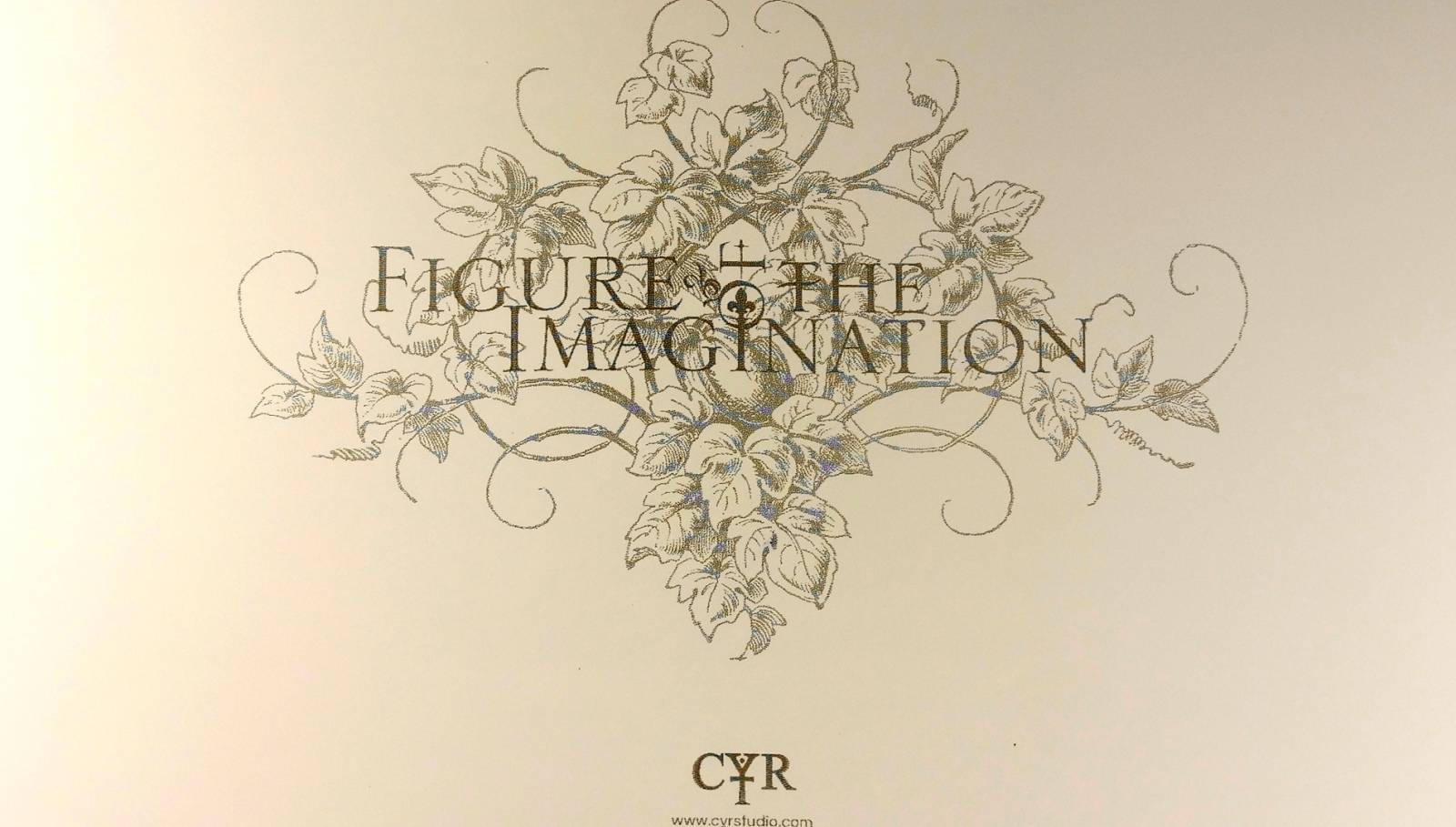
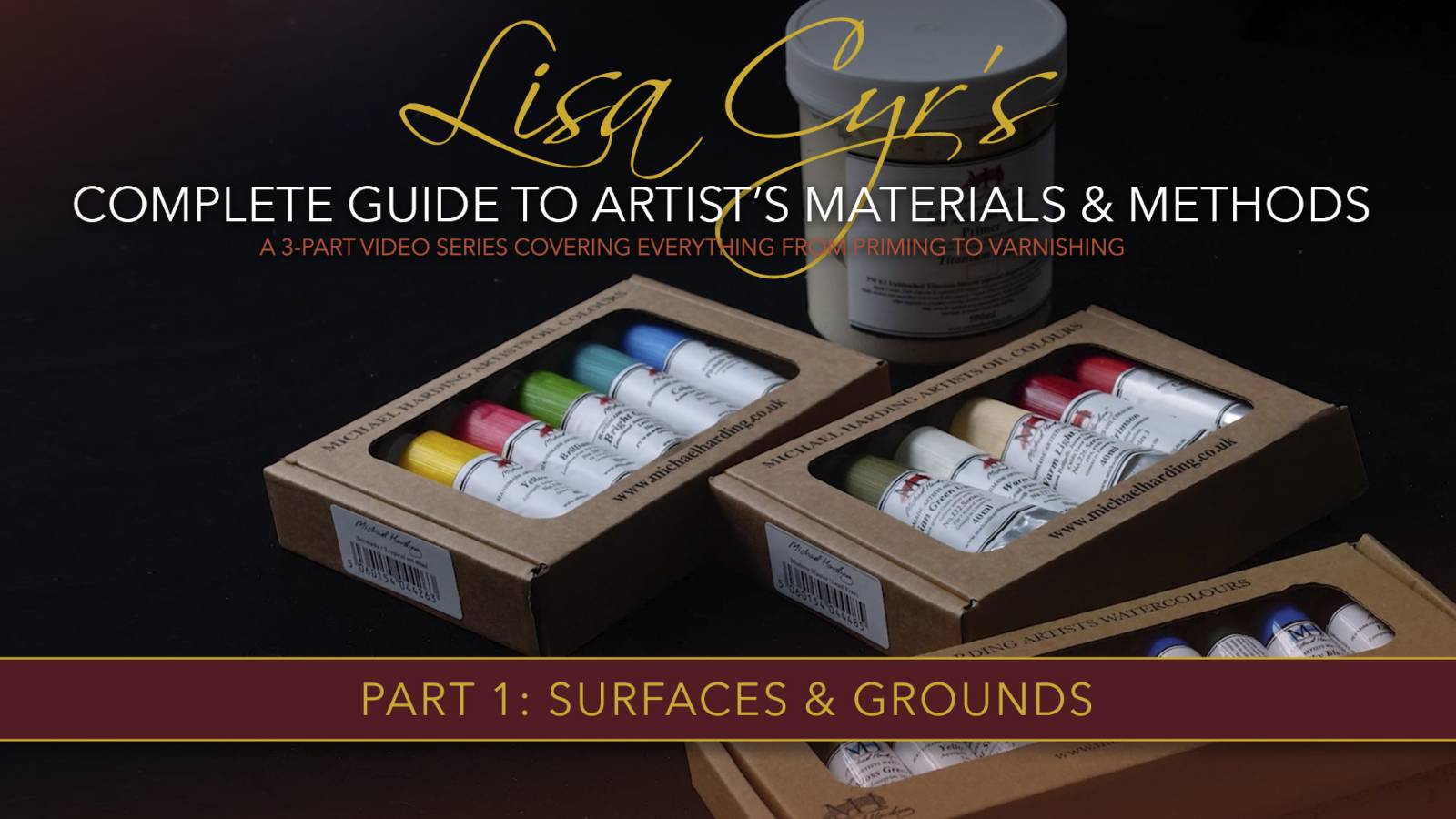
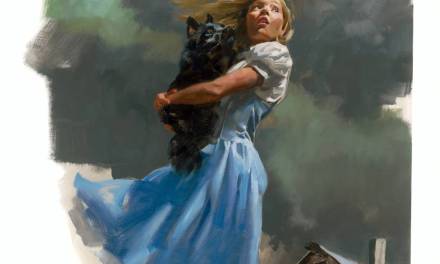
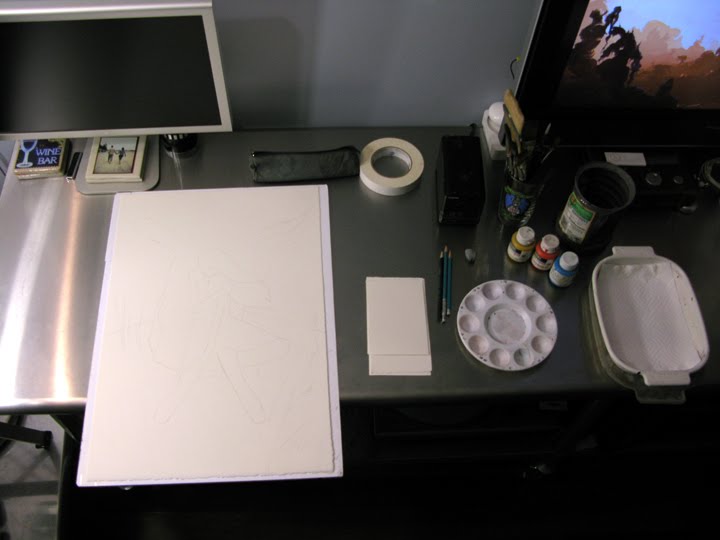
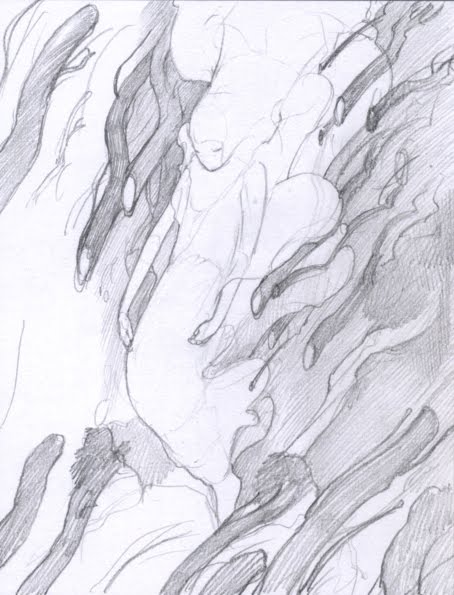
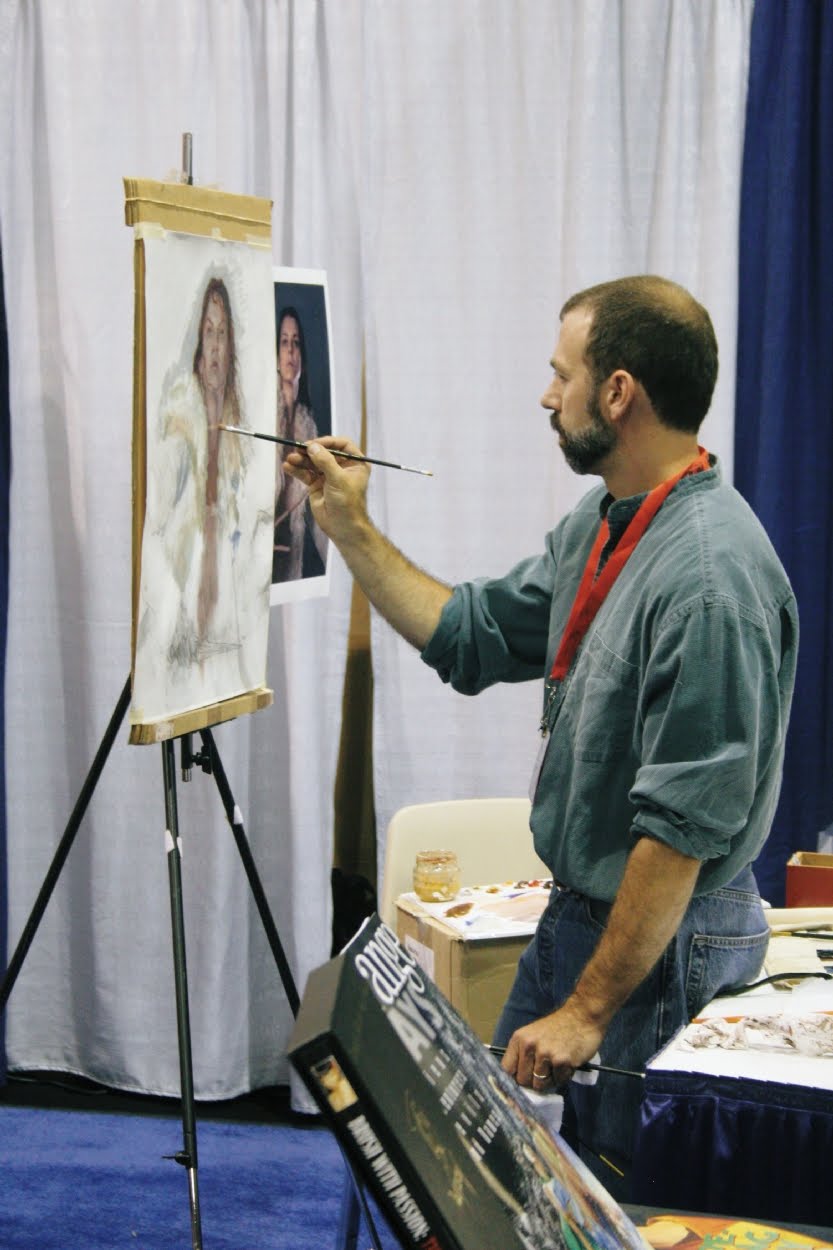

How about denting? Especially if you have a finished piece, what do you do if something drops on it and leaves a dent – or if you drop an unframed piece on the edge? Is that a problem with this material?
I can tell you that is NOT like the old Masonite where if you had the slightest drop or dent, it starts coming apart/flaking at the corners, blooming up with moisture etc. Metal is so much better…solid and strong. ACM is a sandwich of two metal surfaces on the outside on both sides and a plastic-like surface on the inside. It is also a sealed surface on the painting side…not raw and flexible aluminum. At the end of the day, there is no painting surface that is free from any type of physical damage BUT if I was a gambler, I would put my money on a double metal surface!
Now that looks like a fun project, will have to give it a try! 🙂
Awesome!